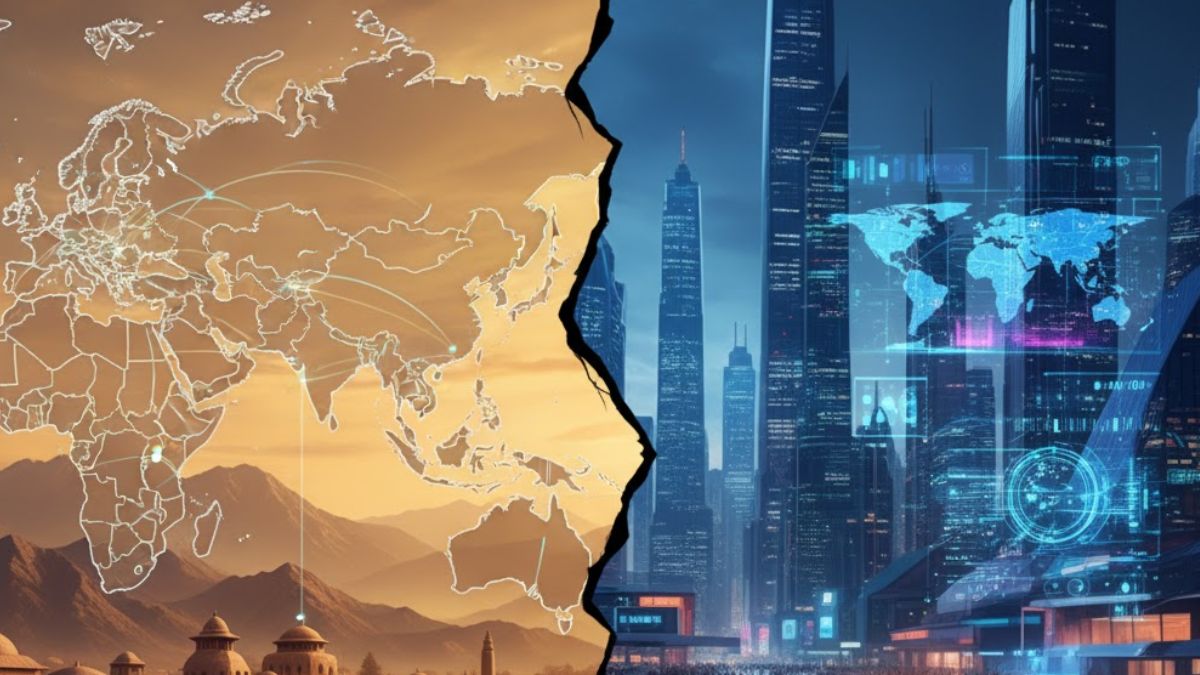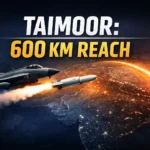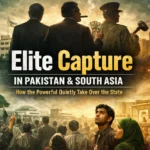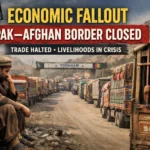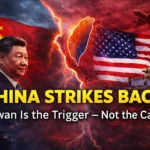Challenging Western Dominance with a Fairer Global System
When nearly 26 premiers gathered under one roof for the 2025 Shanghai Cooperation Organisation (SCO) Summit, it sent a message louder than any press release: the world is shifting toward a multipolar order, and Western dominance is no longer absolute.
“A quiet revolution is taking shape—not in Washington or Brussels, but in cities like Tashkent and Astana, where leaders of nearly half the world’s population met under one roof.”
The SCO, once dismissed as a regional bloc, has grown into a symbol of global realignment—one where power is distributed, voices are equal, and sovereignty is respected.
From a Regional Pact to a Global Platform

Founded in 2001 by China, Russia, and Central Asian republics, the SCO’s initial goal was to address regional security and economic concerns. Today, it represents nearly 40% of the world’s population and a rapidly growing share of global GDP. With members including China, Russia, India, and Pakistan, plus new entrants like Iran and strong interest from Gulf and ASEAN states, the SCO has become a serious counterweight to U.S.-led institutions such as NATO and the G7.
This year’s summit showcased ambition at a global scale. Leaders discussed digital currency trade systems, energy cooperation, regional security mechanisms, and deeper alignment with China’s Belt and Road Initiative. Unlike Western-led forums, SCO meetings emphasize mutual respect and non-interference—principles appealing to nations frustrated by sanctions, political pressures, and economic conditionalities often tied to Western partnerships.
Reshaping Western Dominance
The SCO offers an alternative narrative to the U.S.-dominated “rules-based order.” By focusing on sovereignty and equality among states, it resonates with emerging economies seeking independence from Washington’s shadow.
- Energy Dominance: SCO nations collectively control vast global oil, gas, and rare earth resources.
- Trade Diversification: Russia and China lead efforts to de-dollarize trade, reducing reliance on U.S.-centric systems.
- Strategic Expansion: Countries like Turkey, Saudi Arabia, and the UAE are deepening ties, turning the SCO into a Eurasian powerhouse that bridges Asia, Europe, and the Middle East.
While the G7 increasingly reflects a narrow Western perspective, the SCO projects inclusivity and a broader global vision.
How the U.S. Sees SCO’s Rise
For Washington, the SCO is more than a diplomatic platform—it’s a direct challenge to U.S. strategic interests. American policymakers often frame it as an “authoritarian bloc,” portraying China and Russia as anti-democratic powers seeking to rewrite global rules. Yet, this rhetoric reflects real concerns:
- China-Russia Coordination: Beijing and Moscow’s partnership, supported by energy-rich allies, threatens U.S. dominance in Asia.
- Dollar’s Global Position: Moves toward alternative payment systems risk weakening the U.S. dollar’s status as the world’s reserve currency.
- Erosion of Influence in Central Asia: Once a buffer region, Central Asia now aligns firmly with Eurasian interests, diminishing Western leverage.
The U.S. doubts SCO’s ability to match Western institutions’ economic might, but the sheer scale of its membership makes it impossible to dismiss.
A Multipolar Future Taking Shape
The 2025 SCO Summit marked a geopolitical inflection point. It’s no longer a question of whether the world will be multipolar; that shift is already underway. The SCO has become a symbol of sovereignty and fairness, appealing to nations tired of one-sided narratives. While the West retains leadership in technology and finance, the East is consolidating power in trade, energy, and diplomacy.
The real challenge now lies with Washington:
Will it adapt to a fairer, more inclusive world order—or cling to a dominance that is steadily slipping away?
